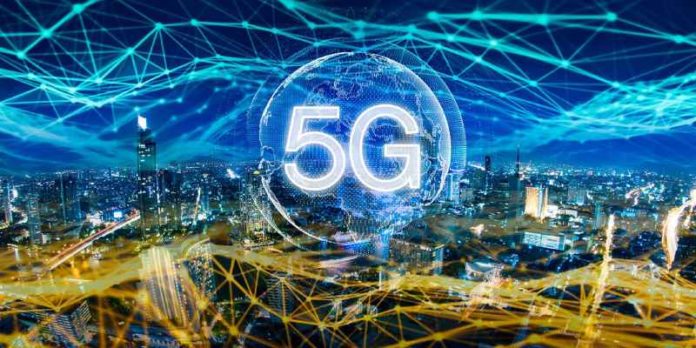Of the many emerging technologies around the world, people are one of the most excited about cellular ones. And that’s because it will impact them at a direct level on a day to day basis. Cellular technologies also have one of the most profound impacts on the world because if you look at it closely, every other technology is closely dependent on how well the underlying cellular network is performing.
Be it the way we navigate through multiple applications in our phone, stream our favorite shows and movies, download large bundles of software, transfer our data on the cloud or keep a close eye on our home in real-time. We cannot neglect the underlying penetration of the Internet from our lives. And that’s just when we are talking about our day to day ordinary tasks. The need for an efficient and advanced cellular network is more than a thousand times intensified when we talk of its industrial use or the way organizations and enterprises use it around the world. Having said this, researchers and scientists all around the world keep pushing barriers and coming up with the newest forms of cellular technologies that can make processes even faster and help people accomplish their goals seamlessly.
Introduction to the 5th Generation Cellular Technology
With the present pace of changes happening around the world, we needed a more robust and faster network that could accommodate the pace of developments and transformations rapidly. Owing to these factors and the natural cycle of Offshore Software Development Company, the fifth generation of cellular technology was born.
Even though 5G is just a mobile network, it has a much greater role to play in the world. As compared to its previous generations, not only will 5G serve a greater purpose but also have a more meaningful impact on the world. It will surely elevate the mobile network that will, in turn, interconnect more people, and facilitate a deeper connection between machines, devices, gadgets, etc. that too of different kinds.
In other words, 5G will deliver the kind of efficiency and performance that no other cellular technology has done until now. One of its fundamental purposes will not just be to connect but empower multiple industries and new users to take the bold step they’ve always wanted without the constraints of an interconnecting network.
More than a Few Benefits
Out of the many benefits that 5G will offer, some of these include high peak rates, ultra-low latency, a greater capacity to fit in more users or devices and at the same time providing a uniform experience to all of them. It will improve the efficiency of the existing systems without burdening organizations or enterprises with additional costs.
Even though it is in its nascent stages right now, the entire potential for the fifth generation cellular technology will be unveiled or harnesses by the world by the year 2035. In this process the technology will support and open the opportunities for multiple industries, therefore, producing as many as $12 trillion worths of goods and services.
Apart from the technological point of view, 5G will also have more than a few impacts on the global economy. It will aid in the proliferation and explosion of technologies like the Internet of things along with creating millions of jobs across the world. Some new applications of the technology are yet to be defined, now that 5G is in the picture.
The Scenario of Weather Forecasting
Out of the many good things that 5G is bringing to the table of development, some concerns need to be addressed. While it might not sound directly related, but 5G has a severe impact on weather forecasting and its efficiency. While the rollout of the technology will dramatically reform the communication sector, for the weather industry it might be one of the biggest setbacks to date.
The concern has been raised by many independent experts, national and international science agencies across the world. But despite this, the astonishment comes from the fact that the Federal Communications Commission doesn’t think that it is a matter of serious concern. To make it more clear, the cellular technology might bring revolutions to the world but some of its frequency bands are close to the ones used by weather instruments on satellites that are orbiting the Earth.
Some of the 5G transmissions happen at 24 gigahertz. While the naturally emitted frequency of the water vapor measured by the weather instruments also come close to 23.8 Gigahertz. This directly means that the frequency of the 5G transmission can overlap that of the weather prediction instrument.
If you’re wondering how overlapping one frequency can create such a great impact, it is imperative to understand that the 23.8 GHz is one of the most reliable indicators of the atmospheric humidity and is used to add to the accuracy of the existing weather forecasts. When trying to predict the weather. This particular frequency band helps in strengthening the location and path of storms and also understanding how close or far they are on the scale of time.
The overlap interference of 5G is often measured in what is called the decibel watts. Therefore, organizations are posing restrictions on the amount of noise that might be permitted. For example, the European Union has set a limit of minus 42 decibels watts.
Conclusion
The interference of 5G with that of weather instruments can be perilous. The more organizations ignore these or loosen the limit on noise permissions, the more delayed predictions of weather will be received. Therefore, governances must take a cue from the prominent research going on at various institutions.













